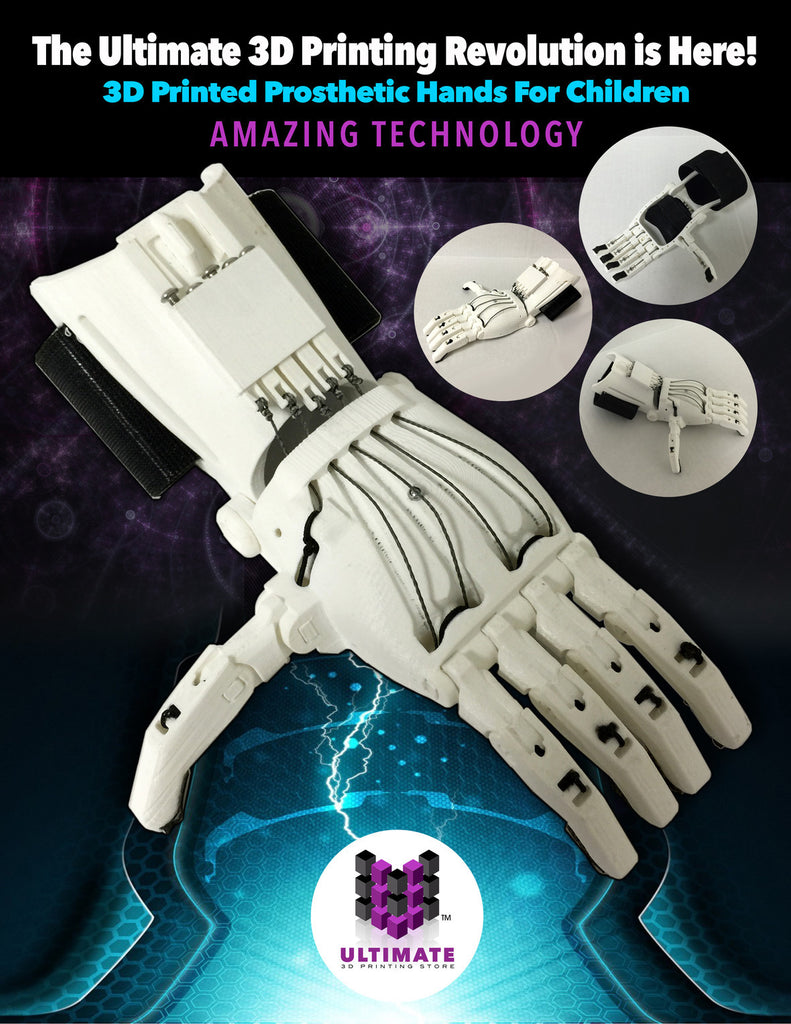Ultimate 3D Printing Guide
Print Bed Material Comparison
There are a variety of 3D printers with different styles of print beds. How the print bed is made affects whether or not the print will stick, depending on the material. Understanding which print bed materials will be best suited for various filament types is imperative for success.
Not only are there different materials that can serve as a print surface, but there are also multiple ways the material can be installed and removed as well. Finally, each material for the print bed has certain adhesion boosters that will work best.
PVC Mat Print Bed
A PVC mat print bed is common for 3D printers. Overall, there is a wide range of filaments that will stick to it. Not only will most filaments stick nicely to PVC mats, but most brands allow for hassle-free removal of the object printed. A PVC mat print bed is suited for materials such as PLA, flexible filaments, and certain nylons. Magigoo 3D printer bed adhesion booster works well on a PVC mat.
PVC mats have become widespread on 3D printers for their low-cost, relatively easy replacement, and the range of filaments that are supported. Brands such as BuildTak also provide 3D printers with diverse sizes of print beds (and can also be cut to fit as well), so that majority of 3D printers can use them.
Glass Print Beds
Glass print beds are also commonly used on 3D printers. The glass provides a hard, smooth surface for the printed object and also helps it to stay level as well. Glass is also good for a wide range of materials and has similarly supported filaments to a PVC mat, but usually, glass print beds have a wider range of nylon filaments that are supported than PVC mat print beds.
Just like a PVC mat, adhesion boosters also work well to help hold down prints. Even though Kapton tape can be used on a PVC mat, the glass allows for the Kapton tape to have a hard, rigid surface on which to stick. The Kapton tape is a great choice to help keep down nylons as well.
PEI Print Bed
While PEI print beds are not as widespread as PVC mats, the number of 3D printers that are using a PEI print bed is rising. PEI print beds not only hold down basic filaments such as PLA but are also suitable for PETG and other filaments with similar properties. A glue stick could also be used with a PEI print bed, but it is not necessarily needed. PEI print beds, with moderate to intensive use, need to be replaced occasionally.
Acrylic/Specialty Print Beds
Some 3D printers use of acrylic, polycarbonate, or unique print beds. Because of this, they may require specific adhesion techniques to be best equipped. On the flip side, the main purpose of the print bed may be successful for a specific, and usually, tough-to-print filament, which could be extremely beneficial. For example, polycarbonate filaments are some of the hardest to keep from warping, but since the print bed may be made out of a polycarbonate sheet, the object that is being printed out of polycarbonate filament could have a much higher chance of sticking to itself then another material.
Sticker Sheet Print Beds
There are also different ways for print surfaces to be installed onto the physical printing platform of the 3D printer. Many 3D printers have a print bed, essentially a large sticker, which adheres to the printing platform, therefore, ensuring that the print surface will not slide.
Sticker sheet print beds are not usually applicable for the glass or acrylic print beds. They are mainly used for PVC mats. If ever needed to be replaced, a sticker sheet PVC mat is fairly inexpensive and can be peeled off from the printing platform without too much effort. There are also different “upgrade” sticker sheet print beds that can replace the one that came as default for a 3D printer.
Magnetic and Flexible Print Beds
A new and rapidly expanding magnetic and flexible print bed allows for the print surface to be removed after an object printed is complete and flexed so that the object on the print bed can be easily removed. This eliminates the need for scraping up an object of a rigid print bed while opening up the possibilities for quick removal. Further, if the print surface ever needs to be replaced, it is one of the easiest options available because the new print bed can be magnetically attached to the physical base of the print bed structure. The magnet(s) that hold down the magnetic print surface may seem easy to pull off, but are firmly held down for printing; this minimizes the chances of the print bed sliding.
New breakthroughs are also being made with printers, such as the Wanhao Duplicator 9 MK2, which allows for double-sided print surfaces that are magnetic. Specifically, on one side of the print bed is a form of glass and on the other side, is a PVC mat. This allows the user to determine which side would be best for the specific material that is being printed.
Conclusion
Not only are there a wide range of materials for print beds, but there are many different options for installation available. Many printers may have a custom print bed size or PVC mat, but any of the print bed materials listed should be well-suited for a large range of filaments. With all of these available options, it has become a lot easier for a user to find a 3D printer.
With the specific kind of print bed that will be best suited for a project, the overall filament use will be optimal for the designated filaments that are going to be used on the 3D printer. There are a wide variety of print bed materials, replacement print beds, and 3D printers with different types of print beds available at the Ultimate 3D Printing Store.


